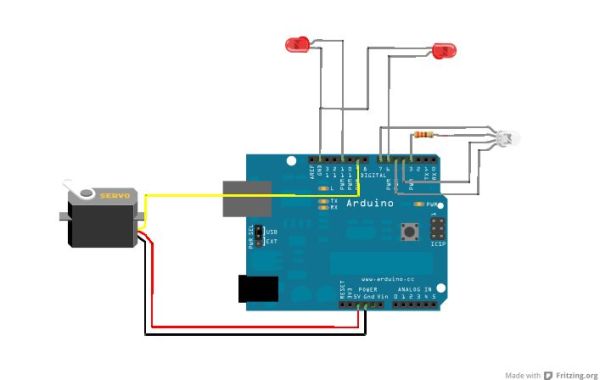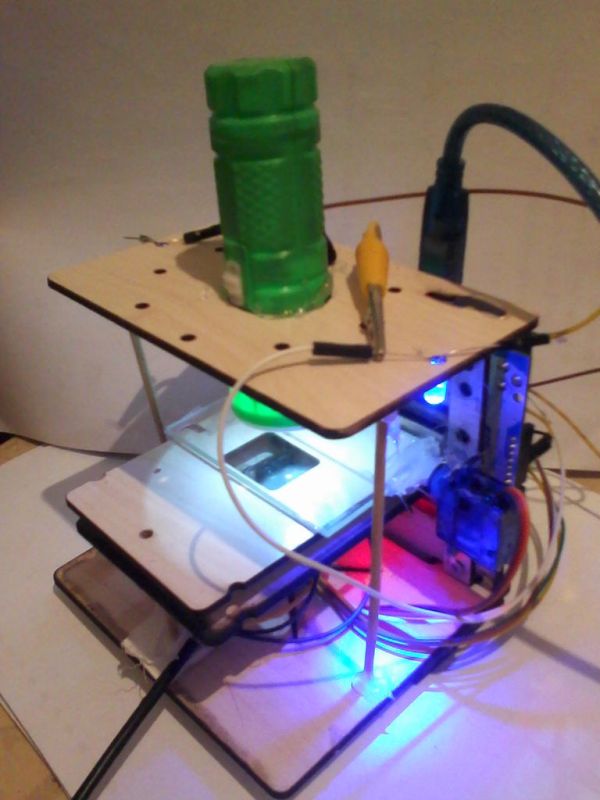http://www.afrimakers.org/
Introduction
We used a simple cheap webcam to make a microscope. In short, a small hack to the optics of a standard webcam with an adjustable focus-lens, allows to create video data, with a magnification of around 100 to 400x (depending on the model) at a working distance of a few mm. The highest magnifications can be achieved by inverting (putting upside down) the lens. We used white LEDs at first but the picture wasn’t clear enough ,so we used A Flash Light for brighter and more clear view.
It’s Based On The DIY Microscope Here : http://hackteria.org/wiki/index.php/DIY_microscopy
Step 1: Objective
Step 2: Get A Webcam
Step 3: Disassemble The Webcam : Step 1
Step 4:
After you open it , make sure not to unplug or cut any wires . Make sure that you remove any screws attached to the webcam’s circuit.
Step 5:
Now You have got yourself your own microscope camera but still not yet ready to view Micro-stuff. Make sure that you don’t cut any wires while moving the circuit so the microscope works fine with no problems.
Step 6: Remove Webcam’s Lens
Step 7: Invert The Lens
Step 8: Webcam Test
Step 9: DIY Microscope Design : 3D Modeling

Step 10: Design Assembly
You can Watch A Short Animation Video For Assembly Here
Step 11: Laser Cutting
While Laser Cutting The DIY Microscope Parts Download PDF Cut File Here : () You can Import the pdf in any vector program like Inkscape , CorelDraw,….etc. Also There’s A Picture Of Top Part (Flash Light Holder)
Step 12: Arduino Focus Adjustment : Step 1
We used (Turnigy TG9e 9g / 1.5kg / 0.10sec Eco Micro Servo) To Control The Distance between the slide that we want to see under the Microscope and the webcam. Fix the Micro Servo at one side of the microscope kit using Hot Glue or you can laser cut a small holder for the motor if you want. The Micro Servo Motor can be controlled using Arduino Uno.
For more detail: Use A Simple Cheap Webcam To Make DIY Microscope

